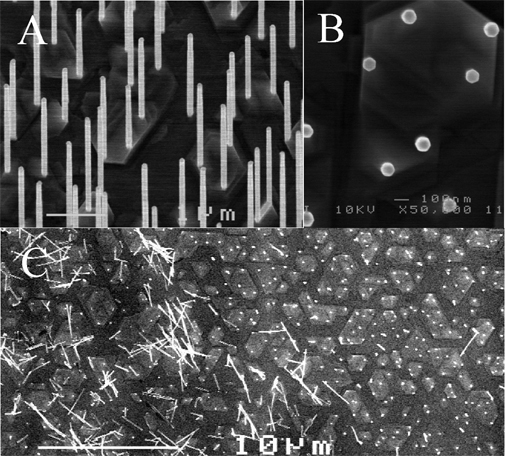Dancing nanowires provide better knowledge
Danish nano-researchers are among the first to film how nanowires move and with that have transferred classic physics to the nanoscale. The result is better wires for, for example, the development of sensors.
Behind the research breakthrough is Simon Mariager from the Nano-Science Center at the Niels Bohr Institute at the University of Copenhagen. The new knowledge will give researchers from around the world a better understanding of the mechanical properties of the nanowires, i.e. how they move if, for example, you bend them. Nanowires are small semiconductors, which, depending on what they are built from, have different properties, for example, they can conduct an electric current. Nanowires, therefore, have a central role in the development of new electronics and sensors.
- It
looks like the nanowires are dancing. The wires move in three different ways: breadthwise,
lengthwise and like a pendulum back and forth. It is new knowledge and we are
the first to develop it with a long series of experiments, explains Simon
Mariager, who has had his article on the findings accepted by the prestigious
journal NanoLetters.

X-rays instead of lasers
Previously, researchers were able to see that the nanowires were moving using laser beams, but not how they were moving. Simon Mariager is the first in the world to make a film of the fluctuations of the nanowires using time resolved X-rays.
- Using the X-rays we get very precise information about how the wires are moving. It means that researchers can make better nanowires and use them in the development of, for example, nanoelectronics. Our breakthrough could have important implications for researchers around the world as well as for the people in a few years, explains Simon Mariager.
The technique that Simon Mariager has become an expert in using during his doctoral studies will be improved and applied in the coming years. The research area is receiving a lot of attention. New and super intense X-ray sources, known as free electron lasers, are currently being built. There is, for example, the European XFEL in Hamburg, which Danish taxpayers are helping finance.
Simon Mariager

